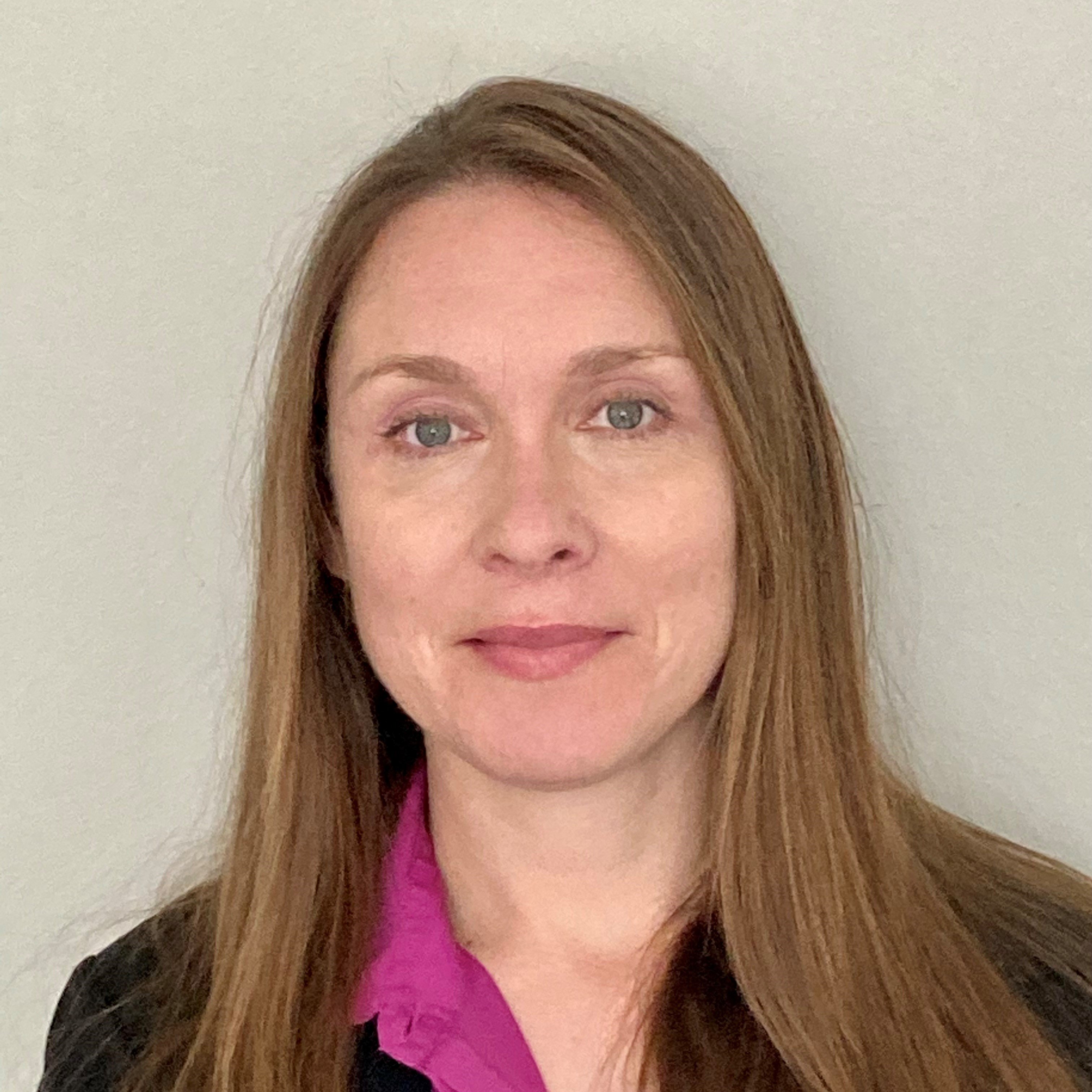Submitted electronically
Joni Rutter, Ph.D.
National Center for Advancing Translational Sciences
National Institutes of Health
6701 Democracy Blvd
Bethesda, MD 20892-4874
Dear Director Rutter,
FasterCures, a center of the Milken Institute, is pleased to respond to your Request for Information on Advancing Clinical and Translational Science through Accelerating the Decentralization of Clinical Trials. FasterCures believes that it is imperative to improve trial accessibility by lessening the burden of participation. By facilitating trials in the places where people live and get their care through decentralization and by involving communities, more people will have the opportunity to participate. Further, the resulting evidence from trials can more accurately represent the diversity of people who will use innovative treatments in a variety of settings.
As a nonprofit, nonpartisan think tank, the Milken Institute believes in the power of capital markets to solve urgent social and economic challenges to improve lives. At the heart of the Institute’s work is the idea that societies prosper if they have an educated, healthy workforce; open and efficient capital markets; and effective social institutions. FasterCures is driven by a singular goal: to save lives by speeding scientific advancements to all patients. With an independent voice, FasterCures is working to build a system that is effective, efficient, and driven by a clear vision: working with our partners to build a patient-centric system where science is accelerated, unnecessary barriers are overcome, and lifesaving and life-enhancing treatments get to those who need them as rapidly and as safely as possible.
FasterCures focuses on health equity across the biomedical research ecosystem, including the roles of decentralization, digital health tools, community engagement and infrastructure, and diversity to address persistent gaps in research quality and improve health equity. FasterCures has also examined the growing importance of health equity, diversity in clinical trials, and community-based clinical research. From our experience, below we highlight promising practices, common gaps, and potential solutions to bring interventions to all people more quickly and equitably.
Our comments focus on the following priority areas:
-
Community Engagement
-
Workforce Development
-
Partnerships and Collaborations
-
Study Participation and Adherence
-
Sustaining and Advancing Investment, Engagement, and Accountability
Community Engagement
The importance of engaging with patients directly to learn more about their needs and barriers to participating in clinical research is inarguable. When patients can drive research that addresses their needs, the value proposition for their participation changes. In the case of engaging communities, this outreach is best done in a sustainable and ongoing manner to build long-term relationships and an equal partnership that drives value for all involved.
Participation in decentralized clinical trials (DCTs) is no different; communities should be involved throughout the process, with the added nuance that patients are even more reliant on their local care providers not only to answer questions and facilitate participating in the trials that make the most sense for them but also to conduct portions of the trial.
One specific action that could help with this engagement is to broaden our definition of the workforce—with the associated funding, awareness, and resources—to include community health workers and promotores, patient navigators, and others who are already integral parts of their communities. These critical workers could gather needed information from the populations they work with, such as equipment or technology needs assessments, and convey those populations’ preferences and concerns to researchers to better guide programs. Systematically supporting these types of relationships could be a highly effective way to facilitate meaningful and authentic community engagement.
Workforce Development
The health-care and clinical research workforce does not yet reflect the diversity of the people it serves. It will take years of sustained effort to truly diversify the health and research workforce that would support DCTs. A variety of approaches are required to accomplish this goal; near term efforts are needed to emphasize cultural competency and unbiased approaches to recruit and train participants and local providers who decide to participate in DCTs. Longer-term efforts are also needed to sustain formal mentorship and career transition programs to support those interested in participating and to retain and promote those recruits in rewarding careers.
An essential element to developing a workforce for DCTs is creating a network that is responsive to community needs and has an established connection to many communities and locations. As mentioned previously, one crucial element is expanding the staff who is typically involved in clinical trials to include more nontraditional workers. Broadening the clinical trial workforce to include more workers from local communities will build more trust and make codesigning DCTs with communities more efficient.
Recruiting a broader traditional workforce that supports DCTs and is prepared to conduct the necessary research will also require specific outreach and mentorship opportunities. Practical training programs and career pipelines for early and mid-career transitions are currently limited; considering ways that Clinical and Translational Science Awards (CTSA) programs can facilitate this kind of training and mentorship offers promise and could potentially leverage existing resources, sites, and staff to broaden the opportunities for more workers to learn necessary techniques and approaches. There are also opportunities for expanding funding and grants to programs that recruit trainees from historically excluded communities. Because NCATS and CTSAs can reinforce ideals around promotion and tenure through their funding mechanisms, addressing barriers that stall or even actively undermine the recruitment and promotion of research scientists from underrepresented groups within the academic research workforce is crucial.
Partnerships and Collaborations
A broad swath of partnerships and collaborations is needed to support engagement with diverse and underserved communities for DCTs. Community-based organizations should be first and foremost. One way to facilitate this at scale is to consider partnerships with large organizations that are known entities for some underserved communities; examples could be faith-based groups such as the National Black Church Initiative, training institutions like Historically Black Colleges and Universities and other Minority Serving Institutions, or policy and professional organizations such as the National Hispanic Medical Association, the National Minority Quality Forum, or Latinos in Clinical Research. These partnerships are effective as one-on-one agreements, and perhaps would be even more powerful in the form of a coalition that worked to lessen the burden on individual organizations or sites and communicated information and shared resources throughout constituents.
There are also many commercial entities working to address gaps in connecting clinical research to communities, such as with innovative training and staffing models to support community hospitals or with technology platforms that help community sites predict the ebb and flow of incoming partnership opportunities to allow them to plan and budget for research better. Partnerships with some of these groups could facilitate knowledge sharing, help support the individual community-based sites, and provide insight into technology and infrastructure solutions for conducting DCTs at scale.
Study Participation and Adherence
DCTs can potentially increase trial participation by lowering the burdens of transportation, time, and costs study participants face. Underrepresented and underserved populations have previously been shown to be disproportionately affected by geographic barriers. Some DCT components could be conducted at participants’ homes by default. Digitally sharing important documentation that could benefit from being completed with extra time and less pressure is a good place to start. Some examples of this could include natural history information and other surveys, the informed consent form following discussion with a provider, or follow-up check-ins after administration of the investigational treatment. Rethinking the approach to DCTs by first prioritizing ease of participation will encourage more people to participate, community members or community providers alike.
To move toward a biomedical research ecosystem where DCTs are broadly used to reach underrepresented and underserved communities, it is essential to develop the necessary methods, tools, and resources to facilitate these trials. The definitions of “sites” and “investigators” must be updated to reflect the current realities of technology-enabled trials. Research utilizing digital tools must ensure equitable access to them and consider the broadband infrastructure required to support such tools. In addition to access, personnel and equipment must be in place to provide proper training to participants on how to use digital reporting tools for the study.
Strong DCT participation and continued study engagement rely on a foundation of trust with communities. Researchers should collaborate with industry to develop clinical trial education and communication campaigns to disseminate and promote clinical trials to underrepresented and underserved communities and potential trial participants. Research plans, recruitment materials (e.g., informed consent, study outreach fliers), and protocols must be codesigned with patient advocates and community members to achieve equity, trust, and high participation in research programs. Additionally, all recruitment materials should be translated into the languages colloquially spoken in diverse communities to reach and engage a broader swath of potential study participants.
Sustaining and Advancing Investment, Engagement, and Accountability
We believe there are additional opportunities for NCATS and the CTSA programs to consider sustaining existing investment and engagement, as well as to emphasize commitment to communities, in your DCT programs. The number of community sites conducting research during the COVID-19 pandemic expanded drastically. These sites will begin to struggle—or currently are struggling—for resources and sustained engagement in the clinical trials enterprise with the public health emergency declaration expiring and the focus of clinical research shifting. It is vital to continue engaging the people and sites with knowledge and experience conducting and scaling trials in a decentralized environment. It is crucial not to erase the progress and connection that we have collectively built with these communities the moment their participation is not constituted an emergency.
Recognizing the critical need these people and places filled during the pandemic, the investments they made in training their staff, and the outreach and conversations they started (or magnified) during the pandemic is crucial to addressing mistrust in research and furthering the goals of health equity. Continuing to partner with and support these willing participants who responded during crisis times is the absolute minimum effort required to truly move forward a system that better addresses the needs of all and demonstrates accountability and trustworthiness for future work.
Thank you again for the opportunity to offer our input. We are happy to discuss these ideas further and help NCATS advance any ideas shared in this response.
Sincerely,
Esther Krofah
Executive Vice President of Health
Executive Director, FasterCures and Center for Public Health
Milken Institute



















